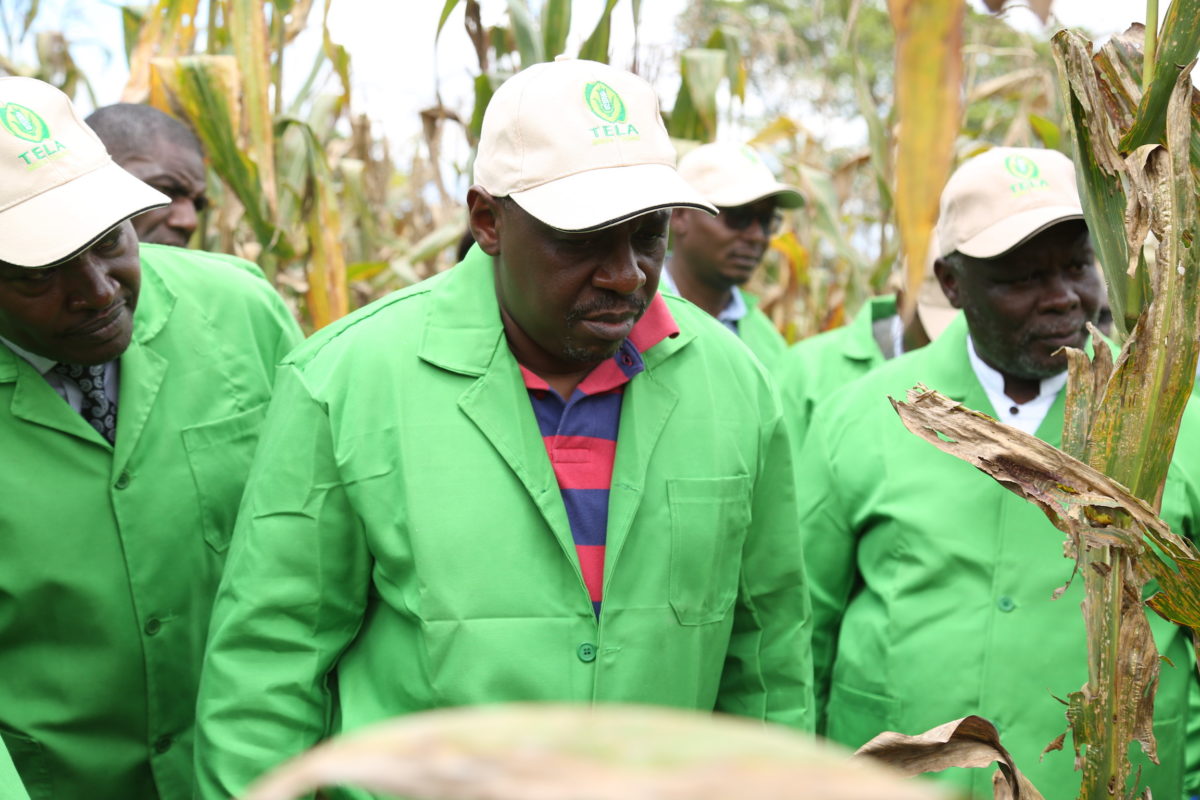Supporters must build consensus around successful crop research to make a case for lifting Kenya’s ban on genetically modified organisms (GMOs), a top agriculture official says.
“We need to overcome our inhibitions about GMOs,” said Professor Hamadi Boga, principal secretary of Kenya’s State Department of Agriculture and Food Crops in the Ministry of Agriculture Livestock and Fisheries.
He said the nation’s science around GM crops has “been ready since 2016. We are reaching out to other stakeholders to move forward. Even Kenyan citizens are ready for Bt maize. From the interaction we have had with church leaders and farmers, they are ready, and they want the technology like yesterday. We will make sure that they get it.”
However, Kenya first needs to complete National Performance Trials (NPTs) on insect-resistant Bt maize, Boga said. “We are hoping to start NPTs in the coming long rains. Once we conclude within one year, then we will have the technology.”
Kenya has the potential to produce 80 million bags of maize annually if it adopts new technologies, according to Boga. Currently, the country produces 17 million bags.
“We have seen that without protection from Bt, you can only succeed if you use a lot of pesticides to protect the crops, a challenge which our farmers struggle with,” he said. “There is almost 50-60 percent crop loss if you do not use any intervention.”
Joseph Gatuna, a maize farmer in Trans-Nzoia County in Kenya’s Western Region, is among those excited to gain access to the technology.
“We have really suffered from fall armyworm and stem borer infestation,” Gatuna said. “I have tried even using detergents to control pests. If I start using Bt maize, I will solve the challenge of using pesticides on my farm.”
Boga noted that a recent demonstration site featured the “stacked” GM traits of drought tolerance and insect resistance. “We are exposing these technologies to stakeholders so that we can move forward. Repeating the same experiment forever is unnecessary and costly,” he said.
“I have seen the difference between Bt maize and non-Bt, asked questions, and I have been left with no doubt the GMO one is working properly,” Gatuna observed. “If we go by the old technologies, we may end up with no food for farmers and consumers.”
Kenneth Kagai, who is in charge of crops for the Trans-Nzoia County Department of Agriculture, agreed. “We have seen that the technology works. The difference between the Bt and non-Bt maize is clear and if we adopt Bt we are likely to increase yields by up to 50 percent. We need this technology and it is a better option for our farmers.”
Gatuna said that the cobs of Bt maize “are cleaner and have few rotten grains compared to the conventional maize. We will have less post-harvest losses with this technology as well as help beat the impacts of climate change.”

Boga noted that efforts to “put technologies in the hands of farmers that protect against drought and insects cannot be taken lightly,” especially since farmers are still struggling with high production costs.
”We are showing the Bt technology to farmers, county government officials and other stakeholders such as Kenya Plant Health Inspectorate Service (KEPHIS), National Biosafety Authority (NBA), Department of Public health, and National Environment Management Authority (NEMA),” Boga said.
“We have been working with NEMA and public health all along because they have a regulatory role to play,” he added, noting that all the government agencies previously sanctioned NPTs for Bt cotton.
Gatuna urged stakeholders who are concerned about food security to “join hands and embrace the technology.”
